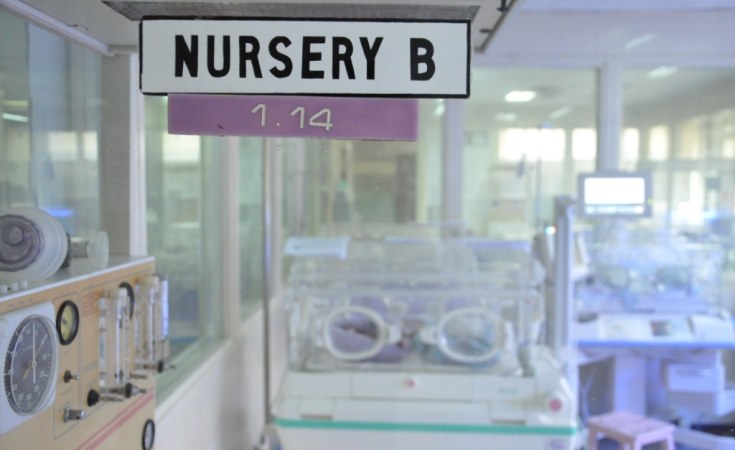The report also highlights seven life-saving innovations, which they said could be easily implemented by midwives and birth attendants to reduce maternal mortality.
In its seventh annual Goalkeepers report, the Bill and Melinda Gates Foundation (BMGF) has established that low-cost innovations can prevent millions of stillbirths and infant deaths in low and middle-income countries (LMICs)
Co-authored by Melinda French Gates and Bill Gates, the report which was released Tuesday, highlights the relevance of innovations in reducing maternal and infant mortality.
The Goalkeepers report annually tracks progress on development goals agreed to by 193 world leaders in 2015.
According to the report, approximately five million children die before they reach their fifth birthday every year, and nearly two million babies never take their first breath--they're stillborn.
Decades of research
The report noted that a decade of research into why kids in the poorest places die is "now unlocking ways to save millions."
In his essay, Bill Gates acknowledged the difficulty in getting information about why babies were dying.
Mr Gates said: "Back then, any record of a child's death would generally list one of the four most common causes: diarrhoea, malnutrition, pneumonia, or premature birth.
"But each was a vast ocean of different illnesses, with scores of different causes and cures. Pneumonia, for example, is linked to more than 200 types of pathogens."
He added that the medical field has begun to understand precisely when and why some babies are dying, citing studies like Child Health and Mortality Prevention Surveillance (CHAMPS), Pneumonia Etiology Research Child Health Study (PERCH) and the Global Enteric Multicenter Study (GEMS).
Mr Gate noted that the major "novel method" doctors are using to "fast-forward" the lung growth of premature babies is antenatal corticosteroids (ACS).
"Our foundation estimates that ACS could save the lives of 144,000 infants in sub-Saharan Africa and South Asia by 2030 and nearly 400,000 by 2040," she said.
Development target
According to the goalkeepers' report reviewing 18 indicators--from poverty to gender equality, education to food security, health to climate--the world is off track.
It underscores the urgent need for action, as well as a renewed global commitment to ensure a more equitable and safe future for all by 2030.
According to the report, it's estimated that the global maternal mortality ratio dropped from 156 per 100,000 live births in 2021 to 151 in 2022.
Also, it noted that the under-5 mortality rate has declined from 37 child deaths per 1,000 live births in 2021 to 36 child deaths per 1,000 live births in 2022.
"If we continue at the current pace the projected child mortality rate will be 29 per 1,000, missing the target of 25 child deaths per 1,000 live births. If progress accelerates, the 2030 target is within reach," the report reads.
The report also called for immediate action to help put the world back on track to achieve the global goal of cutting the maternal mortality rate to less than 70 out of 100,000 births and newborn mortality to 12 deaths per 1,000 live births by 2030.
Life-saving innovations
The report also highlights seven life-saving innovations, which they said could be easily implemented by midwives and birth attendants to reduce maternal mortality.
These innovations, according to the Gates Foundation, could save two million additional mothers and babies by 2030, and 6.4 million lives by 2040.
Among them are interventions that can reduce postpartum haemorrhage, the leading cause of maternal death, by 60 per cent; supplements that combat malnutrition in pregnant women and infants; treatments for anaemia, which affects almost 37 per cent of pregnant women; and antibiotics that reduce infections during pregnancy.
The report indicates that AI-enabled portable ultrasound could be easily deployed to monitor high-risk pregnancies in low-resource regions, ensuring that potential problems in pregnancy are diagnosed and addressed early.
In her essay, Melinda Gates said existing life-saving innovations are not making their way to the women who need them most.
She said improving maternal health also means improving infant health and survival, which means stronger families, more vibrant communities, and more prosperous societies.


